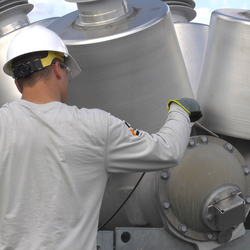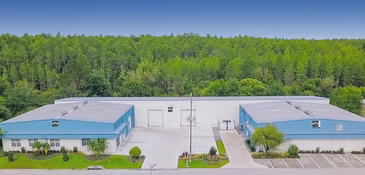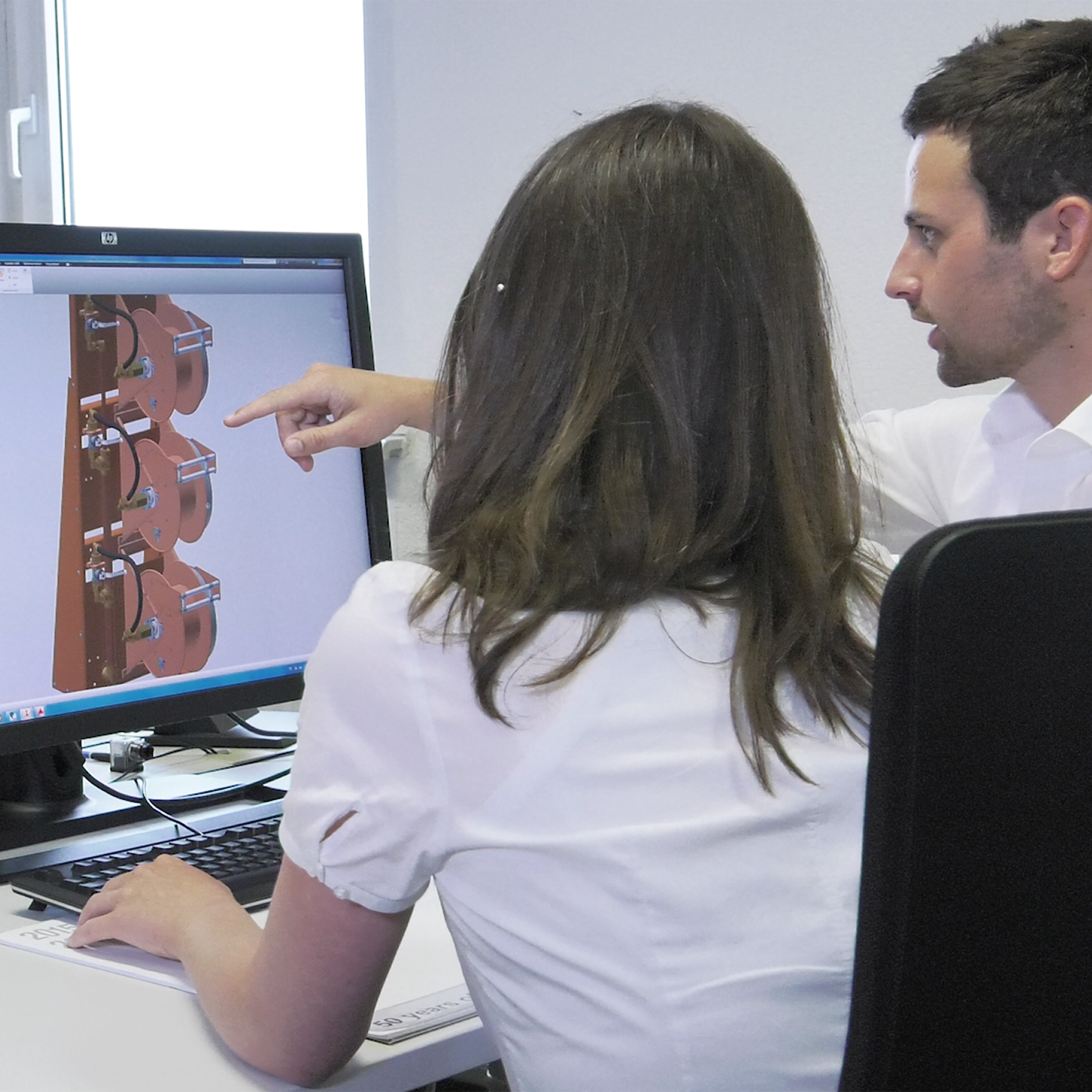SF6 gas is not well known in most households, but the gas impacts your life more than you know. What is SF6 gas and what is it used for? SF6's compound name is Sulfur hexafluoride and it is a manmade gas that is non-toxic, inert, and denser than air. For any chemistry buffs, SF6’s structure consists of six fluorine atoms bonded with one sulfur atom at the center. The unique SF6 gas properties make it ideal for various applications, from the substations that power your home to components in our beloved cell phones. In fact, you probably use devices that contain or use SF6 in some way much more than you think!
SF6 in the Electrical Power Industry

The most common use of SF6 gas is as an insulating and arc quenching gas in medium and high voltage circuit breakers and electrical equipment such as gas-insulated switchgear. The chemical properties of SF6 gas- it’s inert, non-toxic, and thermally stable- make it ideal for this application. SF6 gas emissions are a valid concern in the electrical industry; however, properly trained personnel and best-practices employed during gas handling procedures can prevent SF6 emissions. If you’d like to learn more about SF6 use in the electrical industry, check out this blog post. The T&D Industry is not the only user of SF6 gas, and today we will focus on less common uses of Sulfur hexafluoride.
Sulfur Hexafluoride (SF6) Use in Ophthalmology - Saving Your Eyesight
If you’ve ever had eye surgery to repair cataracts, genetic disorders, or trauma, you may have had SF6 injected into your eye. One of the interesting SF6 uses is in a vitrectomy, which is an eye surgery performed to treat problems with the retina and vitreous, the gel-like material in the middle of your eye. During this surgery, an ophthalmologist will remove the vitreous to gain access to the retina. This 1 highlights one of the specific SF6 uses in the medical field
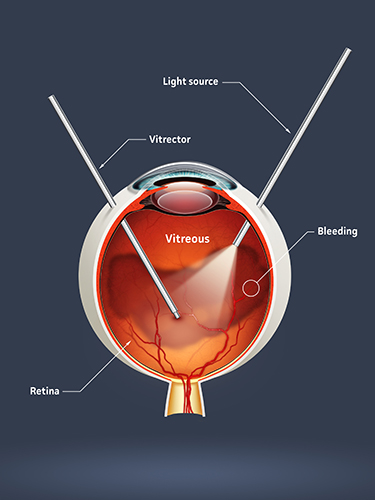
The vitreous helps the retina stay in place, so the surgeon must replace this substance with something else. This is where SF6 gas comes in. The ophthalmologist may inject sulfur hexafluoride to fill the void left by the removed vitreous gel. The SF6 gas helps keep the retina stable to allow the eye to properly heal. SF6 gas has a much higher density than air, so it takes the body 3-4 weeks to absorb it compared to 1-3 weeks for air. Therefore, it is vital to avoid flying for a minimum of 3-4 weeks after an eye surgery that uses SF6 gas. At the high altitudes reached in an airplane, the gas expands and can seriously damage the surrounding eye tissue.
SF6 Gas in The Shoe Industry
When Nike originally manufactured the popular Air shoes, Freon was chosen as the gas to keep the air pockets inflated. In 1989, after Freon was no longer produced, Nike switched to using SF6 gas in its Air shoes. SF6 is non-flammable and the molecules are quite large, making it a good choice at the time for the application because the gas stayed in the shoe for a long time.
Nike reached the peak of its SF6 usage in 1997 when it learned of the effects of SF6 emissions on the atmosphere. SF6 is the most potent greenhouse gas known to man and even in low concentrations it remains in the atmosphere for 3,200 years. There were no regulations on SF6 gas at the time, but Nike set a goal to discontinue the use of SF6 in its shoes by 2000. It took Nike years of R&D to find a suitable alternative and the company had to extend their deadline to discontinue SF6 use to 2006. Nike now uses nitrogen in their Nike Air shoes.
Sulfur Hexafluoride as an Etching Gas
SF6 is used as an etching gas in the manufacture of semiconductor devices, photovoltaic panels, flat panels, and Micro-Electro-Mechanical-Systems. The unique properties of Sulfur hexafluoride, in this case the high density and large molecule size, make it one of the preferred etching gases in this industry.
Many consumer products that you may use in everyday life contain semiconductors. These items include cell phones, cameras, televisions, washing machines, refrigerators, and LED bulbs. Due to concerns about global warming potential (GWP), alternative etching gases are being researched for the semiconductor industry.
SF6 Use in Particle Accelerators

SF6 is used as the insulating gas of the accelerator tank in particle accelerators. Particle accelerators use electric fields to propel beams of charged particles, such as protons or electrons, at extremely high speeds.
These particles travel inside a vacuum tube and are steered or focused by electromagnets. The particles collide into each other or at another target. Particles and radiation created by the collision are recorded by detectors.
Scientists then study the results to better understand matter, physical laws, and even the origins of the universe. Particle accelerators can also be used in radiation therapy to treat cancer patients, national security applications such as inspecting cargo ships, and a variety of other industries.
Sulfur Hexafluoride as a Noise Reducer in Windows
SF6 is a dense gas that is gaseous at normal temperatures and atmospheric pressures. Some double pane windows use a mixture of SF6 and argon gas to fill the space between the panes of glass. The gas mixture absorbs acoustic waves and reduces the volume of noise from the outside of the window. The IPCC estimates that 33% of the SF6 gas purchased for use in soundproof window is released during manufacturing and 1% annually thereafter. Soundproof windows that use SF6 gas have been or are being phased out in most countries around the world.
SF6 Used in the Magnesium Industry
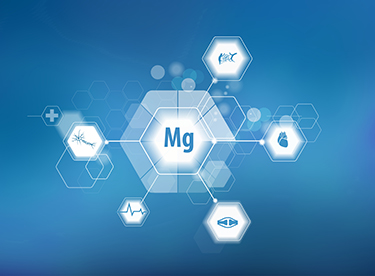
SF6 was commonly used as a cover gas in magnesium production and helps prevent the magnesium from reacting with oxygen. Again, the density of SF6 compared to air is the characteristic that makes it useful in this application. SF6 is being phased out of magnesium production in Europe and the United States due to more environmentally friendly alternatives now on the market, but SF6 is still used as a cover gas in China and other countries. Magnesium is used in many different products and industries including automobiles, aerospace, and portable electronics.
Summary: SF6 Gas Uses and Emission Potential
Aside from the Electric Power Transmission and Distribution Industry, there are many sulfur hexafluoride uses, and the above is not an exhaustive list. SF6’s unique properties make it applicable to a wider variety of applications. It is an excellent thermal insulator, has high dielectric strength, high density, and is non-toxic in its pure form. SF6, although relatively unknown as a gas, is important to our lives.
Perhaps the most drastic effect it has on our lives is its position as the most potent greenhouse gas known to man. Although SF6 gas makes up a fraction of the greenhouse gases found in the atmosphere, it’s important to reduce and eliminate emissions due to its atmospheric lifetime of 3,200 years. Over a 100-year period, SF6 is 22,800 times more effective at trapping heat than an equivalent amount of carbon dioxide. Alternatives to SF6 gas are being developed for a variety of industries, but SF6 will likely be in use in a variety of industries for the next few decades at least. Therefore, it is important to invest in emission-free SF6 gas handling and leak detection equipment as well as training for SF6 users. These are steps companies and industries can take today to do their part to eliminate SF6 emissions.
Also, you can check out our other article on this topic if you want more information about what SF6 gas applications can do.
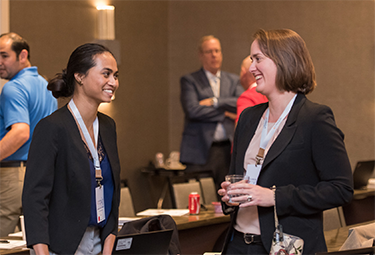
Training for Proper SF6 Gas Handling
In the realm of zero-emission gas handling, a considerable amount of SF6 gas handling equipment is utilized. A crucial measure for preventing SF6 emissions involves adequately training personnel involved in gas handling. Despite having cutting-edge equipment, an unqualified or untrained technician may inadvertently contribute to SF6 emissions.
Are you seeking training opportunities for yourself or your team? The bi-annual Insulating Gas Management Seminar offers a cost-effective and valuable avenue to gain insights from industry experts. Engage in hands-on break-out sessions to enhance your understanding.
Feel free to reach out with any queries regarding gas handling or equipment. DILO is dedicated to preventing SF6 emissions, and our team of SF6 experts is always ready to assist!


